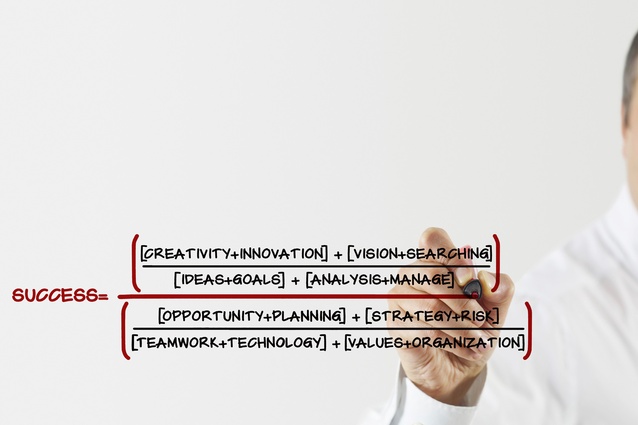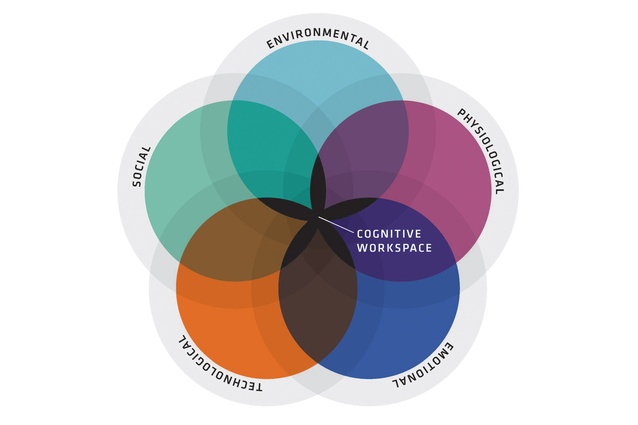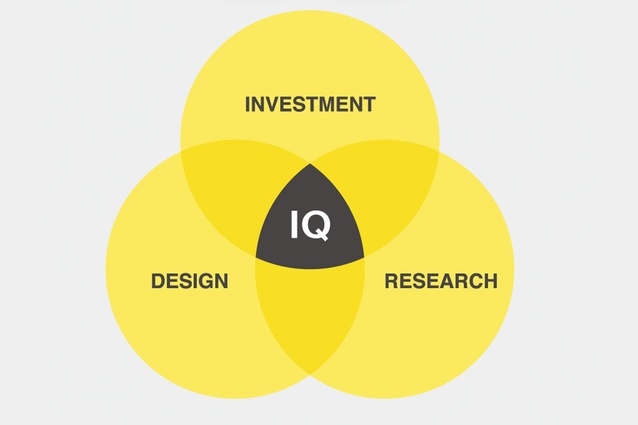Quantifying the qualitative
Lean, enriched or empowered? Creative, tranquil or collaborative? Blair Mckolskey runs the rule over some recent spatial theories that could assist us in achieving world-class workplaces.
Over the last two decades the way we evaluate the quality of our life is increasingly defined by qualitative values as much, if not more than traditional quantitative values.
Since 2000, there is a growing acceptance from economists, psychologists and sociologists that measuring qualitative values has significant benefit and the connection to objective/economic values is significant.
Governments no longer determine our well being solely by reference to economic terms such as growth in GDP. Forward thinking governments now develop and monitor Well-being indexes and try and measure our happiness as barometers of the nation.
Similarly in workplace design and recruitment/retention strategies, we are increasingly concerned with qualitative aspects such as work/life balance, aesthetic values of the workplace and retention of key staff as much as income and tangible benefits.
While measuring quality is not intuitive, it is logical. We all know that humans are emotional beings and highly influenced by sight, sound and tactile influences. If we want to influence behavior or perception, it stands to reason we would use qualitative tools without necessarily knowing exactly how much.
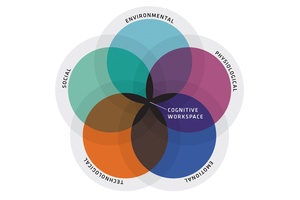
Capital for interior related projects is scarce these days and competition for dollars is tight. The typical result is that qualitative projects are undervalued at the expense of investments delivering more tangible/quantifiable benefits.
IT projects driving efficiency or productivity are more likely to be funded than equal value projects which deliver a collaborative workspace because the IT benefits are directly attributed to the investment. Whereas collaborative benefits are less directly related to investment.
In our opinion, the problem tends to show up at the desk of the CFO but the source is actually in the way that the benefits are justified to the CFO. This is an industry problem not one for the CFO to resolve.
Anyone in a finance role is taught early on that given two projects with the same return, the project with least amount of risk is the one to pursue.
In the case of qualitative benefit programs such as Collaborative or Activity Based Work projects, the benefits are qualitative first with only implied quantitative benefits. That weaker implied link equates to risk in the eyes of a CFO.
However measuring subjective values and showing direct links to quantitative benefits has become a bit of a recent trend in workplace product and space design.
Recent research in qualitative areas such as Tranquility, Acoustics, Empowerment, and general aesthetic values is allowing for a more compelling case when competing for property capital.
Intuitively it is easy to accept that a creative/tranquil/collaborative team are likely to be more productive and therefore more successful. But for others like Greg Watts from the University of Bradford and Craig Knight of Exeter, intuition was not enough. They have devised ways to measure or predict the benefits of tranquility and empowerment respectively.
Dr. Knight was an office designer with an interest in psychology and specific interest in the effects of employee control over office design. His interests lead to an intuitive expectation that individuals who had co-ownership of the work place environment would feel empowered and as a result more productive.
Knight conducted research with more than 2,000 individuals and placed them in four distinct environments before conducting several cognitive tests with measured results 1 . The first was a lean environment with nothing more than the minimum of what was required to complete the tasks. Second, the environment was “enriched” with plants and art. Third was an empowered space where the art and plants were arranged by the tested individuals. And finally the individuals were empowered to arrange the space before an individual rearranged the space at the last minute. Not surprisingly it was discovered that empowering individuals lead to a 32% gain in test results.
Greg Watts is currently (at the time of writing this) in New Zealand as a guest of John Pearse of the University of Canterbury. Both men are experts in acoustics and assessing the impact of noise and sounds. But it is Watt’s recent paper 2 that published a formula to predict the tranquility value of a particular space. According to Greg Watts, the formula has now been further validated and is set to be deployed in developing commercial solutions.
The formula fundamentally measures the contribution of several factors to a space. Specifically, the percentage of natural features, the quantity of mechanical (low frequency) noise and other elements which I will refer to generically as “litter” including graffiti and pollution etc..
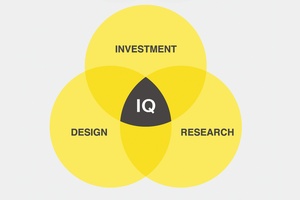
While the restorative benefits of a tranquil space are unquestionably good for productivity, the ability to define let alone design a tranquil space must be the stuff of nightmares for interior design teams. Hopefully they can sleep easier now.
Other studies of spatial design have also lead to more quantifiable expected benefits. One of the earlier pieces of research derived from studies of “war rooms” later coined as “radical collocation”. One particular study by Teasley, Covi and Krishnan 3 resulted in an observed 100% gain in productivity due to easy access to colleagues, coordination of work and increased learning.
There are a number of other pieces of research which increasingly quantify the qualitative values associated with acoustics, aesthetic value and nurturing emotive value in cognitive workers.
The demand by employers for quality rich spaces is there as well.
Fonterra new CEO, Theo Spierings recently detailed his vision for a world class facility for his world class organisation 4 . That vision included how the new headquarters must surpass most of the existing real estate, be of international quality, designed to promote 21st century knowledge and working patterns, and be able to enhance work style. The new CEO commented to the New Zealand Herald that “Fonterra’s new accommodation solution will facilitate driving cultural change, sustainability and the health and safety of Fonterra employees,”
Spierings went on to state that Fonterra wanted large efficient floor plates so staff could work collaboratively “bringing our people and our ambition together”.
As the budget for this potential internationally significant project gets underway, it will be up to those at the forefront to call upon the research to ensure the correct amount of capital is directed to deliver the vision called for by the CEO.
What ever the opportunity, research from Watts, Knight, et al will empower New Zealand firms to moer effectively seek funding to deliver world class innovative solutions.
Footnotes:
- ‘The Relative Merits of Lean, Enriched, and Empowered Offices: An Experimental Examination of the Impact of Workspace Management Strategies on Well-Being and Productivity’ is published in the Journal of Experimental Psychology: Applied
- Application of the tranquility rating prediction tool; by Greg Watts, Rob Rheasant, Kirill Horoshenkov; in Inter Noise 2009, Aug 23-26 2009
- How does radical collocation help a team succeed?by: Stephanie Teasley, Lisa Covi, Mayuram S. Krishnan, and Judith S. Olson In: CSCW (2000) , p. 339-346.
- www.nzherald.co.nz/business/news/article.cfm?c_id=3&objectid=10852157

